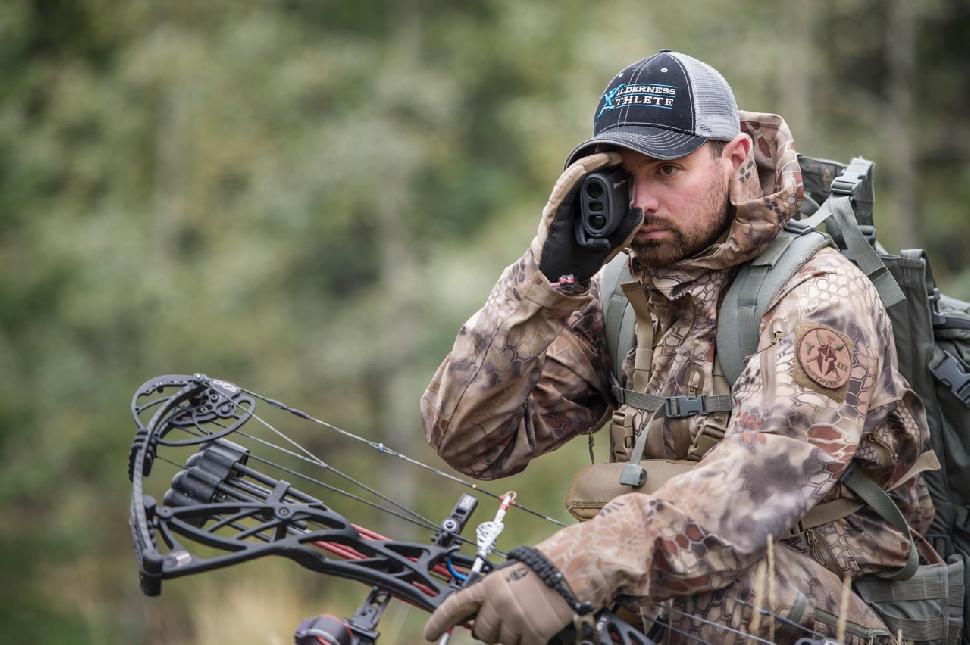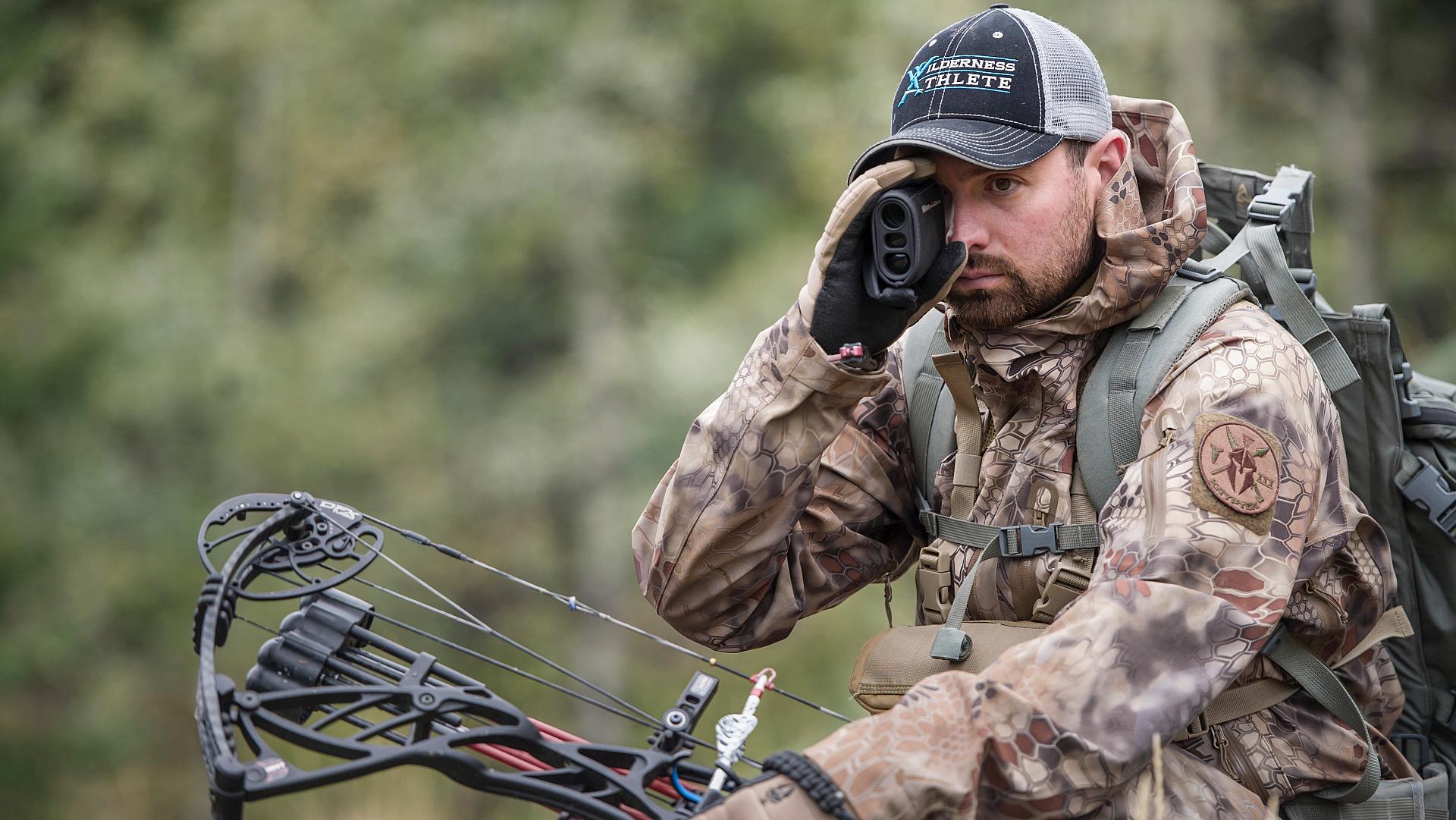Range reckoning
How to up your game by learning to judge distance with your naked eye
Advertisement
Thanks to technological advancements in the rangefinding world, the days of guessing yardage are just about gone. But does that mean you should rely solely on these devices in the field? Definitely not. While I’m a huge fan of rangefinders—I pack one on every hunt—I rarely use it when the moment of truth comes and I make my shot.
Indeed, the key to getting the highest level of success is to combine the best of both worlds: Use your rangefinder when the opportunity presents itself and time allows, but also ensure you have trained your eyes and your brain to judge distance. That way, when a buck unexpectedly jumps out, you’re able to draw back and shoot without fumbling to first get a range. Here’s how to learn to judge distance without using a rangefinder.
Advertisement
Range everything
Practising at the range, shooting 3-D targets or simply going for a walk with the family? These are all ideal times to learn to judge distance with your naked eye. All you need to do is guess what you think the distance is to any object or person around you, then use your rangefinder. This will either confirm your accuracy or teach you how far you’re off. With enough repetition, you’ll find that your initial guesses will begin to close in on the actual distance, and in no time you’ll be ready for the fall hunt. Sure, you might look odd carrying a rangefinder with you during the off-season, but if it helps you become a better bowhunter, it’s more than worth any strange looks you might get.
Pace it off
Advertisement
Even if you’re not likely to have brought along a rangefinder when you’re at the golf course, out for dinner or walking down a long hallway, it’s still easy to incorporate some distance training into your outing—all it takes is a little bit of walking. In this case, rather than using a rangefinder to gauge the accuracy of your guess at distance, simply pace off the distance instead. For this method, you’ll need to measure your average pace ahead of time to ensure accuracy. For most adults, one yard is basically equal to one normal step.

Resist always relying on rangefinder.
Work the angles
Once you’ve trained your eyes and brain to judge distance in commonplace situations, it’s time to throw a wrench into everything you’ve been practising and begin to also take angles into account. When bowhunting on an angle, you need to shoot for the true horizontal distance, not the line of sight as you’ve been practising. For most of us in Canada, even in the flat parts of the country, there’s almost always somewhere that has a rise, cliff, hill or any other variation that will throw you off. So, even if you’re not always hunting the mountains, it’s imperative to not overlook this step.
While the best method for learning to judge this type of shooting is to use a rangefinder that’s capable of compensating for angles, don’t worry if your model isn’t up to the task. It can take some time, but stump shooting is the way to hone this particular skill. Simply look at your target—whether it’s on a higher or lower plane—and imagine that you’re eye level with it. That’s the distance you will want to shoot for. Soon enough, after shooting either high or low until you start to get on target, you’ll begin to catch on and subconsciously put the relationship between the angle and the shot together.
Regardless of what you’re doing, where you are or who you’re with, there’s always an opportunity to start weaning yourself off the rangefinder crutch. And as your confidence in gauging distance increases, it will only be a matter of time before all that practice pays off in the field—when it counts the most.
Prince George, B.C., contributor Nick Trehearne is often out and about with a rangefinder in hand.
For Nick Trehearne’s tips on stump shooting, go to www.outdoorcanada.ca/stumpshooting.

